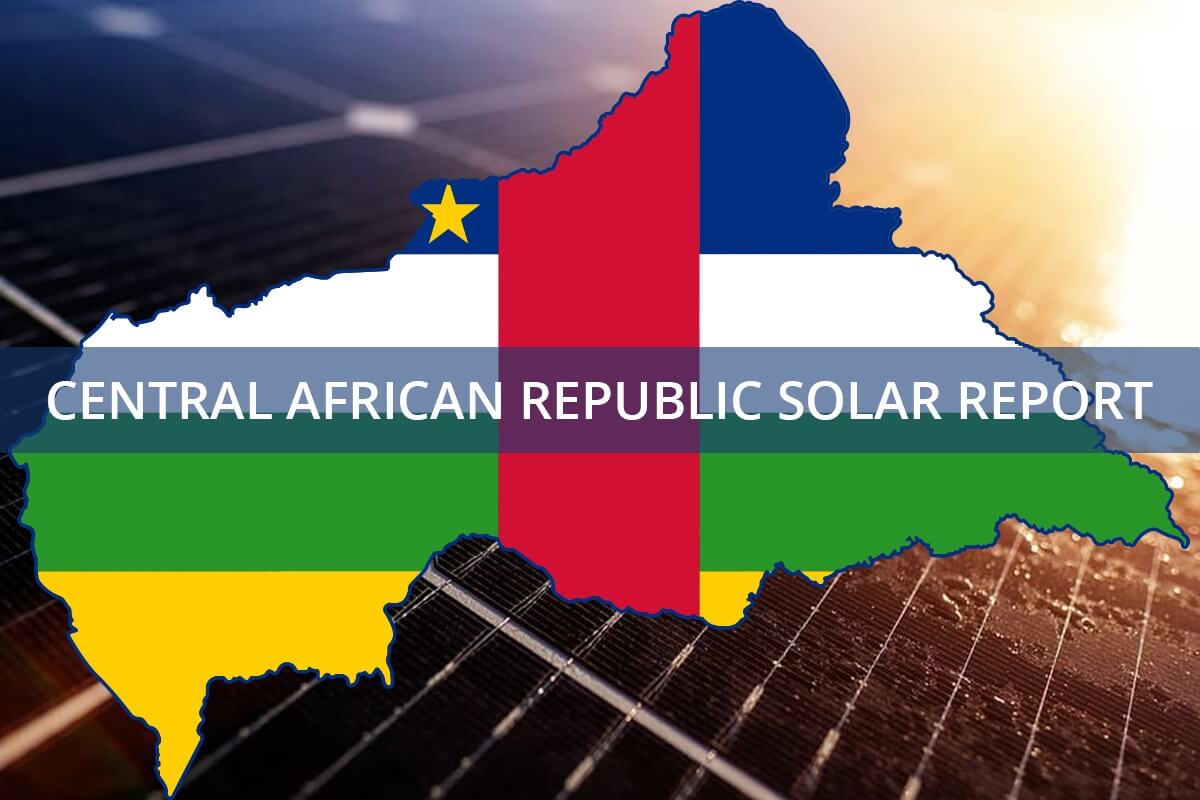Zambia plans to expand its solar energy infrastructure by building 200 solar mini-grids by 2030 to increase electricity access and reduce reliance on hydroelectric power. This initiative, supported by international partnerships, will help address the country’s current energy shortages and contribute to global climate goals.
Zambia solar mini-grids expansion plan for nationwide electrification
In a historic move towards sustainable energy, Zambia has announced its ambitious plan to build 200 solar mini-grids by 2030. This plan, which is part of the Rural Electrification Authority’s (REA) broader strategy, aims to address the challenges of electricity access in rural and underserved areas across the country. Zambia solar electrification Revolution: Electrifying 8.5 Million by 2030.
The project will utilize solar energy to power these mini-grids, which are small-scale electricity generation and distribution systems. Unlike traditional grids, mini-grids are designed to operate independently or in conjunction with larger grids, making them ideal for remote areas.
Solar mini-grids are especially beneficial for Zambia, where many regions are too far from the main grid to make traditional electrification economically viable. By harnessing solar power, these grids will provide a reliable and affordable source of electricity.
The initiative is expected to transform the lives of millions of Zambians by providing electricity to homes, schools, hospitals, and businesses that currently rely on expensive and polluting alternatives like diesel generators.
The Role of REA in Zambia solar mini-grids development
The Rural Electrification Authority (REA) is at the forefront of Zambia’s efforts to increase electricity access. As the government agency responsible for promoting rural electrification, REA has been working tirelessly to bridge the energy gap across Zambia.
The solar mini-grid project is part of REA’s broader goal to achieve 100% electrification in rural areas by 2030. This goal aligns with Zambia’s national energy policy and the United Nations Sustainable Development Goal 7, which aims to ensure access to affordable, reliable, sustainable, and modern energy for all.
To achieve this target, REA has partnered with various stakeholders, including the World Bank, the African Development Bank, and other international organizations. These partnerships have helped secure funding and technical support for the project, ensuring its success.
Environmental and economic benefits of Zambia solar mini-grids
The construction of 200 solar mini-grids will have a significant impact on Zambia’s environment and economy. First and foremost, the project will reduce the country’s reliance on hydroelectric power, which has been strained by frequent droughts and climate change.
By diversifying its energy sources, Zambia will enhance its energy security and reduce the risk of power shortages. Solar mini-grids are also more resilient to climate impacts, providing a stable source of electricity even during extreme weather events.
Economically, the project is expected to create thousands of jobs in the renewable energy sector. From construction to maintenance, the solar mini-grids will provide employment opportunities for local communities across Zambia. Additionally, the availability of electricity will spur economic growth by enabling small businesses to thrive and attracting new investments to rural areas.
The project will also have a positive impact on education and healthcare. With reliable electricity, schools will be able to extend their teaching hours and provide better learning environments for students. Hospitals and clinics will also benefit from uninterrupted power, allowing them to offer improved medical services and store vaccines safely.
Challenges and future prospects for Zambia solar mini-grids
While the solar mini-grid project is a promising step towards sustainable development, it is not without challenges. The construction and maintenance of these grids require significant investment, and ensuring their financial viability will be crucial for long-term success.
To address this, REA is exploring innovative financing models, such as public-private partnerships and community-based ownership. These models are designed to attract private investors while ensuring that local communities have a stake in the project.
Another challenge is the need for technical expertise to operate and maintain the mini-grids. To address this, REA has launched training programs to equip local technicians with the skills needed to manage the grids effectively. These programs will ensure that the mini-grids remain operational and continue to provide electricity for decades to come.
Despite these challenges, the future of solar mini-grids in Zambia looks bright. The government’s commitment to renewable energy, coupled with international support, makes it likely that the country will achieve its goal of 200 solar mini-grids by 2030. Zambia Embarks on Key Solar Projects Amid Energy Crisis.

